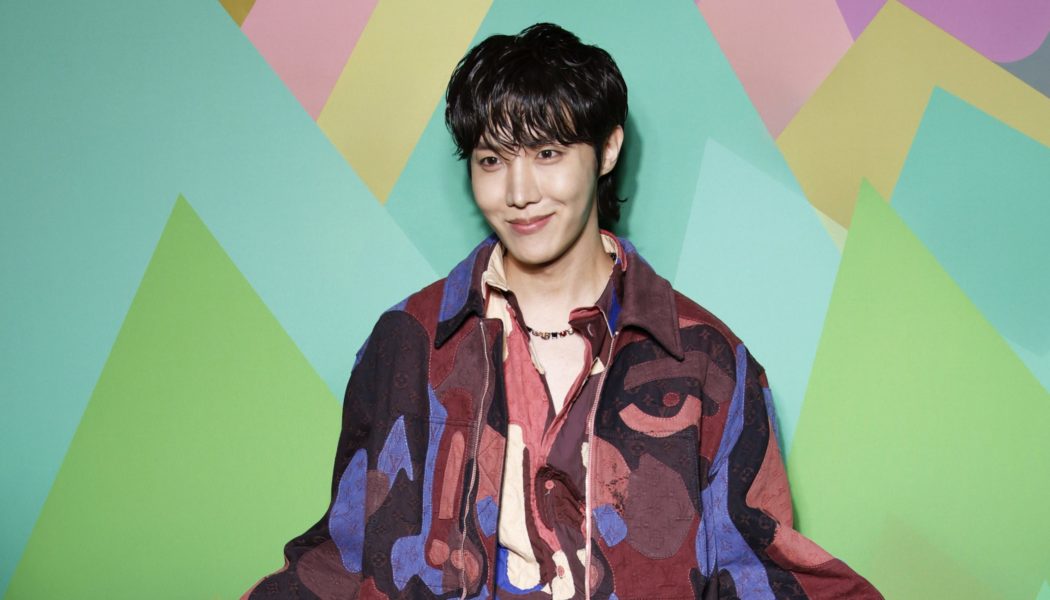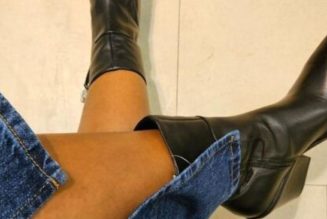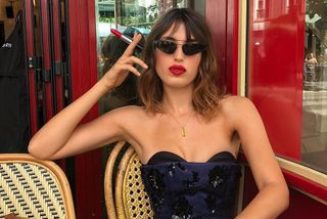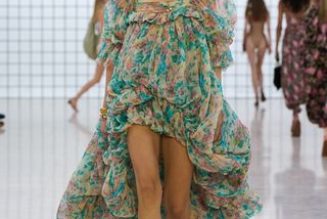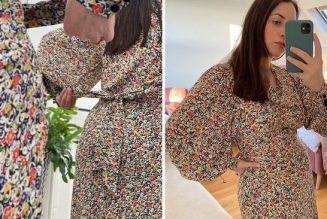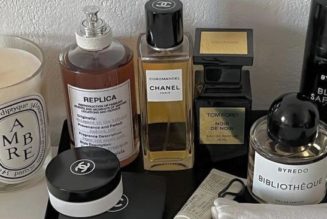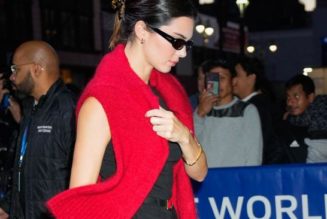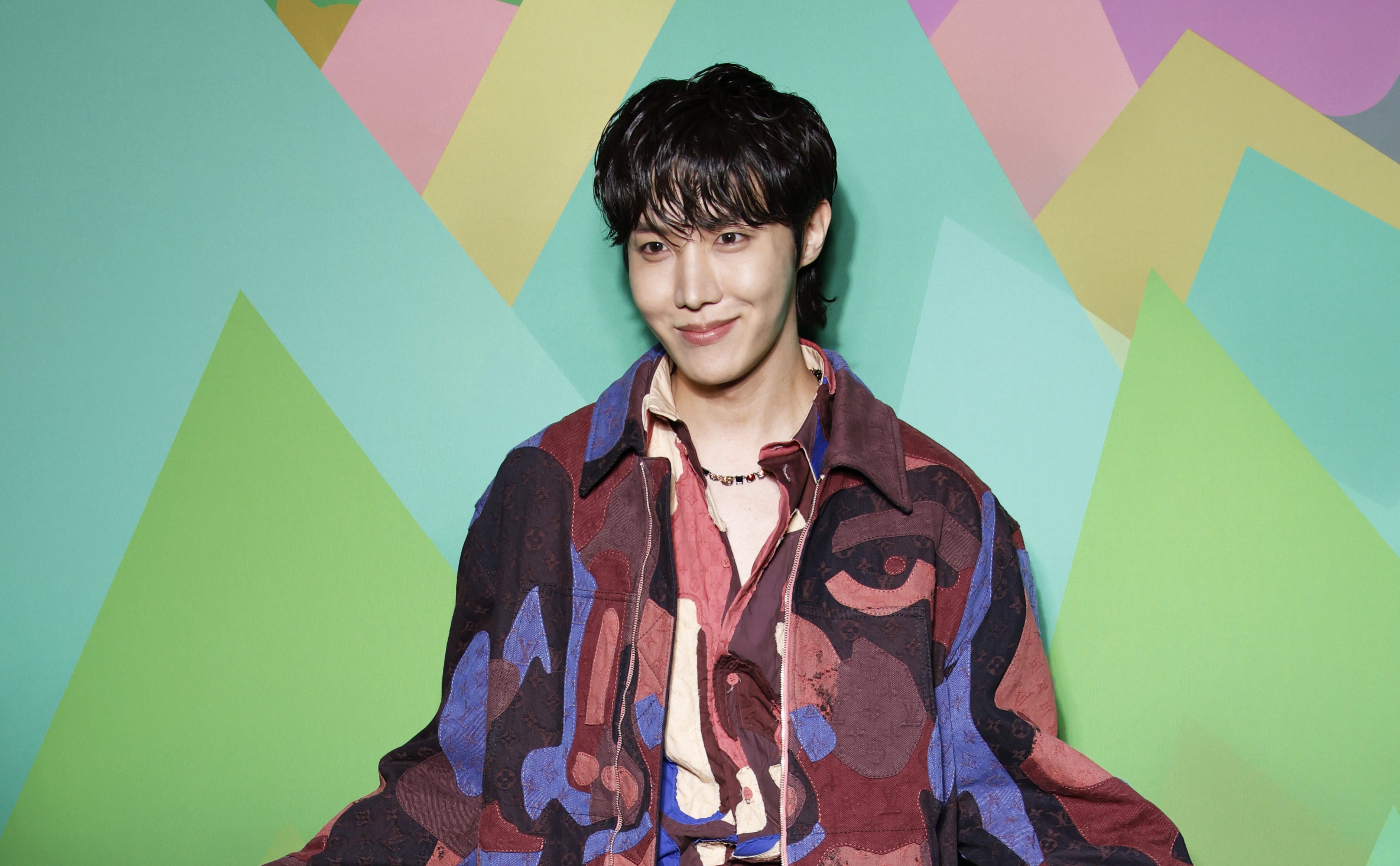
Seoul’s Jamsugyo Bridge, which crosses the Han River, will transform into a high fashion runway on April 29, as Louis Vuitton presents its first ever pre-fall womenswear show in South Korea in a partnership that aims to boost tourism and capitalize on the popularity of the country’s pop culture.
The historic display is being brought to life by the French fashion house’s creative director Nicolas Ghesquière, with Squid Game director Hwang Dong-hyuk working as a creative advisor on the show’s scenography. Louis Vuitton chose Seoul because it is a “cultural hub that continues to draw global attention,” said chairman and CEO Pietro Beccari in a statement, noting that the city shares a “common spirit” with the luxury brand.
The show marks a symbiotic three-party partnership between the brand’s parent company LVMH, the Korea Tourism Organization, and Seoul Metropolitan Government, as part of an attempt to attract more visitors to South Korea.
It is part of a wider tourism effort for 2023-2024 “Visit Korea Year.” The initiative aims to encourage as many as 30 million overseas tourists to travel to the capital this year. The collaboration will include long and short term projects that preserve the river and its biodiversity, and promote tourism in Seoul via fashion exhibitions and other content.
The deal comes as luxury brands increasingly look to capitalize on the growing global fascination with hallyu, a term denoting the so-called Korean wave of popular culture that has spread around the world since the 1990s, with the success of K-pop music and Korean dramas. In February, Louis Vuitton announced that J-Hope, a band member of the global sensation BTS—who were lauded by Seoul’s tourism board in 2018—would be its newest brand ambassador. He is the latest member of his band to partner with a luxury brand, after his bandmates Jimin and Suga, signed lucrative deals with Christian Dior and Valentino respectively.
Key figures from South Korea’s culture scene will likely attend Saturday’s show; Squid Game star HoYeon Jung and model So-ra Choi, who both star in the women’s pre-fall 2023 campaign, are expected to be present.
“I think luxury fashion houses view Seoul as a hip city because it has a young and energetic mood,” says Kyoung Eun Rhee, a former fashion editor at Elle magazine and a stylist to young Korean actors. While Korean culture once had a small following, social media has afforded artists a larger platform, allowing them to build a mainstream fanbase of young people, she says.
“Those global young generations made luxury houses focus on K-pop. Young people all over the world will be their main customer base someday, so having markets in these various countries is key,” says Kyoung. The right brand ambassadors can make luxury products seem attainable to young citizens across Asia, rather than an asset reserved for older generations, she adds.
As such, K-pop stars are becoming increasingly visible in luxury brand campaigns, with Blackpink, one of the world’s most popular girl groups, working with Celine, Chanel, Dior and Saint Laurent. In May, Gucci is also set to host its postponed cruise collection show in South Korea to mark the brand’s 25 years in the country, and there Women’s Wear Daily reports that Saint Laurent is also considering a Seoul show this year.
“Research tells us that the hallyu industry has been a major draw for tourism to Korea, particularly inter-Asian tourism, which tends to be realized in large group tours that are well organized,” Mary Ainslie, an associate professor at the University of Nottingham Ningbo China Campus who specializes in Southeast Asian culture and media, tells TIME.
Ainslie says tour groups looking to visit key filming locations used in Korean dramas and other related sites bring consumer spending: “Adding fashion brands into this package is not difficult, though it generally depends on how well connected the various creative elements are, as these different products must feed into each other and (ultimately) be connected to ‘Koreanness,’” she notes in an email to TIME.
Between 2000 to 2019, South Korea saw a 12.18 million increase in inbound visitors, rising from 5.32 million people in 2000 to 17.5 million in 2019, according to Statista. But as a result of the COVID-19 pandemic, the number of tourists fell to unprecedented lows, dropping by 85% in 2020 (2.52 million) and a further 62% in 2021 (97,000). Historically, South Korea attracts many tourists in their twenties from neighboring countries such as Japan and China, but it is increasingly attracting tourists from around the world.
To remedy the hard-hit industry, the Korean Tourism Organization collaborated on a video campaign with Netflix in 2020 to promote its offering of South Korean television and film productions on its platform, offering its global audience a wealth of Korean content. The campaign strengthened the appeal of hallyu tourism, which the nation is hoping to capitalize on this year—and so, too, are luxury brands.
“Since the beginning of hallyu’s overseas appeal in the mid-2000s, Korean fashion has always been a part of this industry, though to a lesser extent than cosmetics,” says Ainslie, “Fashion was often advertised through its connection to Korea, though it tended not to be luxury goods, which is a more recent development in overseas nations.”
Before the pandemic, Koreans typically made luxury purchases abroad, as brands tended to offer better deals in other countries, but this became difficult during the pandemic and demand for luxury began to rise, Korea JoongAng Daily reported. Morgan Stanley figures reported by CNBC show that South Koreans became the world’s largest spenders per capita ($325) of luxury products in 2022, surpassing both Japan ($280) and China ($55).
In 2022, the so-called Big Three luxury brands—Hermès, Chanel, and Louis Vuitton—made around 4 trillion won ($2.98 billion) in sales in Korea in 2022, with the latter becoming the nation’s top-performing brand, Korea JoongAng Daily reported. The publication added that Louis Vuitton, which opened its first store in Seoul in 1991, recorded net profits of 380 billion won ($283.8 million). “Leveraging the image of Koreanness by luxury brands gives a particular connection to both cosmopolitanism and Asianization, the notion of being a global citizen yet one firmly fixed in the Asia region,” says Ainslie. This, she adds, is a key characteristic of hallyu’s international branding.
Tapping into other promising global markets appears to be a growing priority for luxury brands, particularly as luxury sales flatline in markets like the U.S. In December, Dior showed its fall collection in the Giza desert with Egypt’s most recognisable pyramids as the show’s backdrop. In March, the French brand also hosted a landmark runway show in Mumbai drawing a number of high profile celebrities to India. While long established fashion capitals will continue to the industry, new cities are developing their own luxury identities.
Ainslie says international luxury brands have been attracted to hallyu because it’s a “particularly flexible cosmopolitan model of pan-Asianness” that has capitalized on a wave of modernization throughout the region. “It was able to achieve much wider regional success than its predecessor of ‘Cool Japan’ due to its lack of a pre-existing negative historical reputation,” she adds.
Its longevity over the last three decades is due to its ability to adapt but as more establishments seek a piece of the profitable hallyu pie, Ainslie says globalization brings new concerns: “The challenge is not how to innovate, but how to keep this culture as specifically representative of Koreanness when it is now such a global phenomenon.”
- All the Highlights From the 2023 TIME100 Gala and Summit
- Exclusive: The Man Who Could Beat Erdoğan
- All of the Ways State Lawmakers Tried to Restrict Trans Rights This Week
- Inside the Race to Arm Ukraine Before Its Counteroffensive
- Is Your Electric Car Worth the Extinction of a Species?
- Why Jury Duty Is the Show You Should Watch Right Now
- What to Know About E. Jean Carroll’s Civil Trial Against Trump
- The ‘Don’t Look Up’ Thinking That Could Doom Us With AI
- Are You There God? It’s Me Margaret Does Justice to a Teen Classic
- Everything to Know About King Charles III’s Coronation
